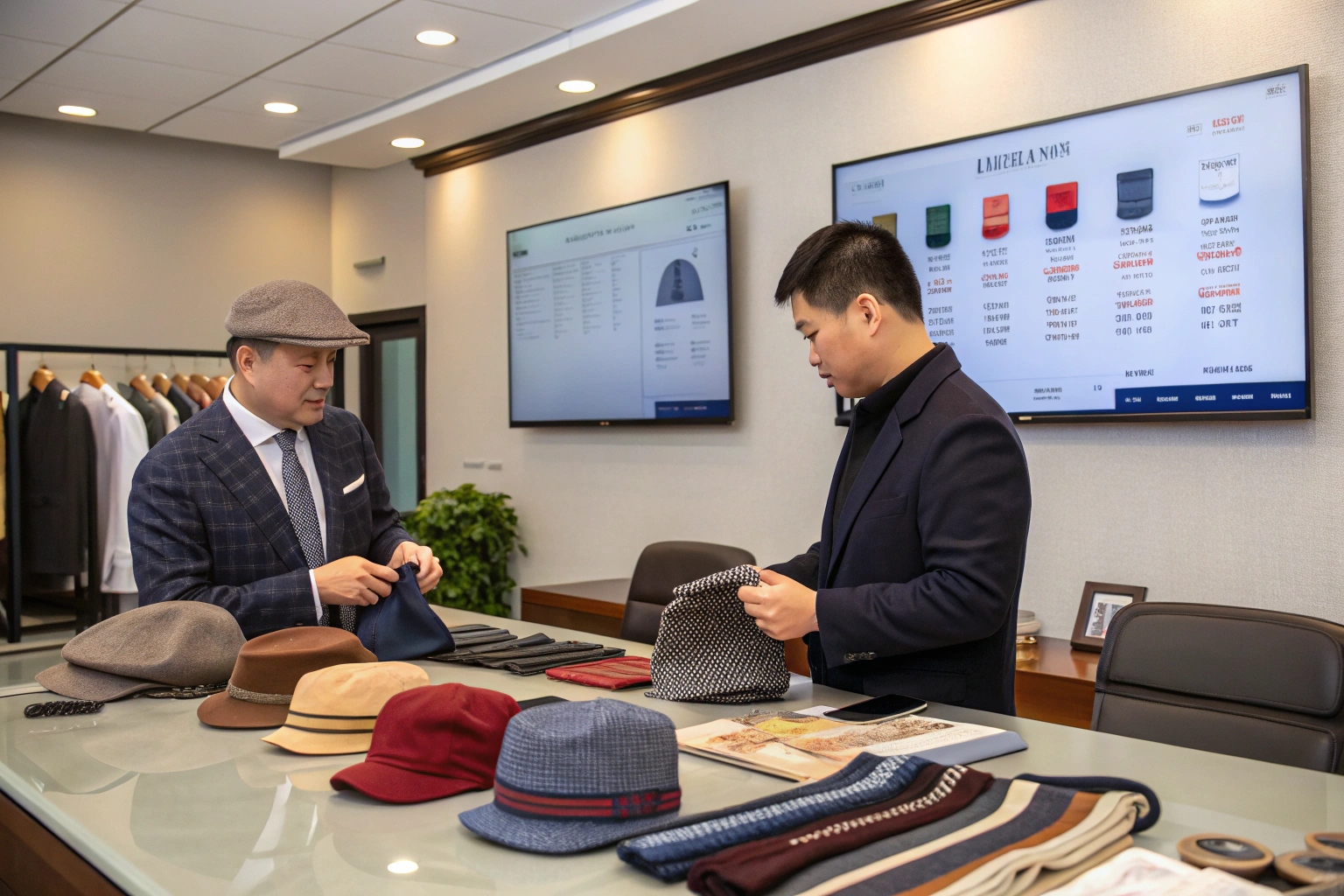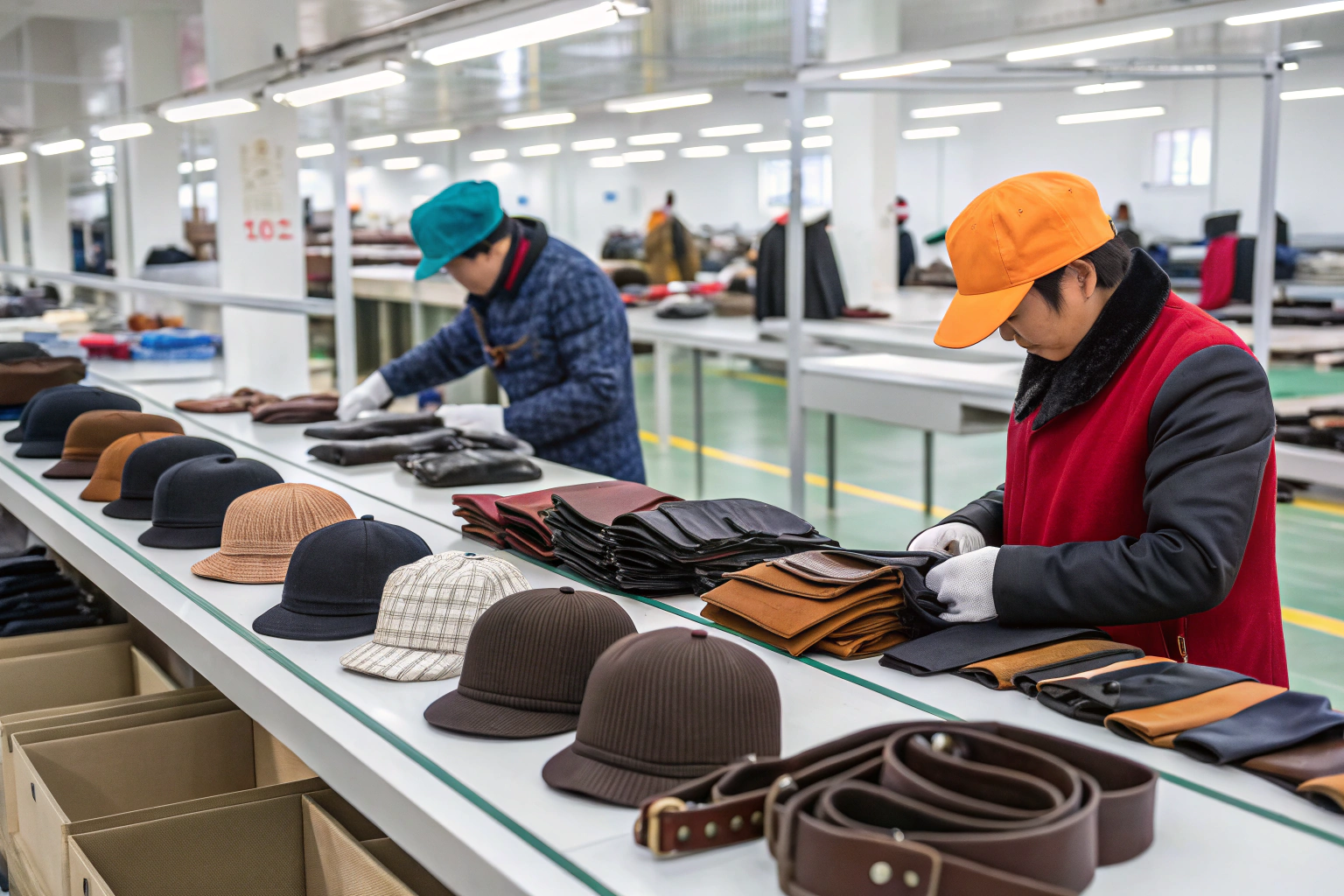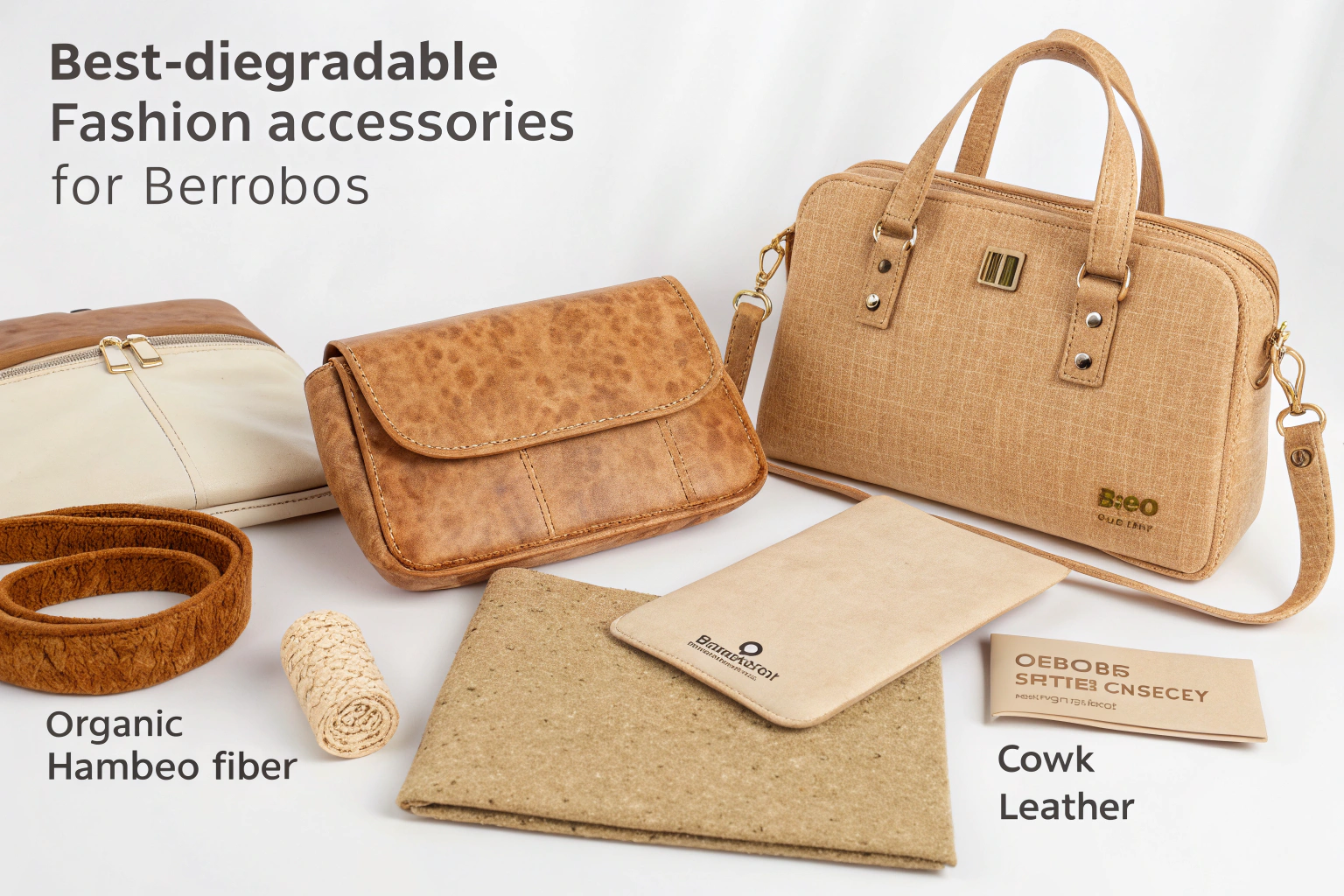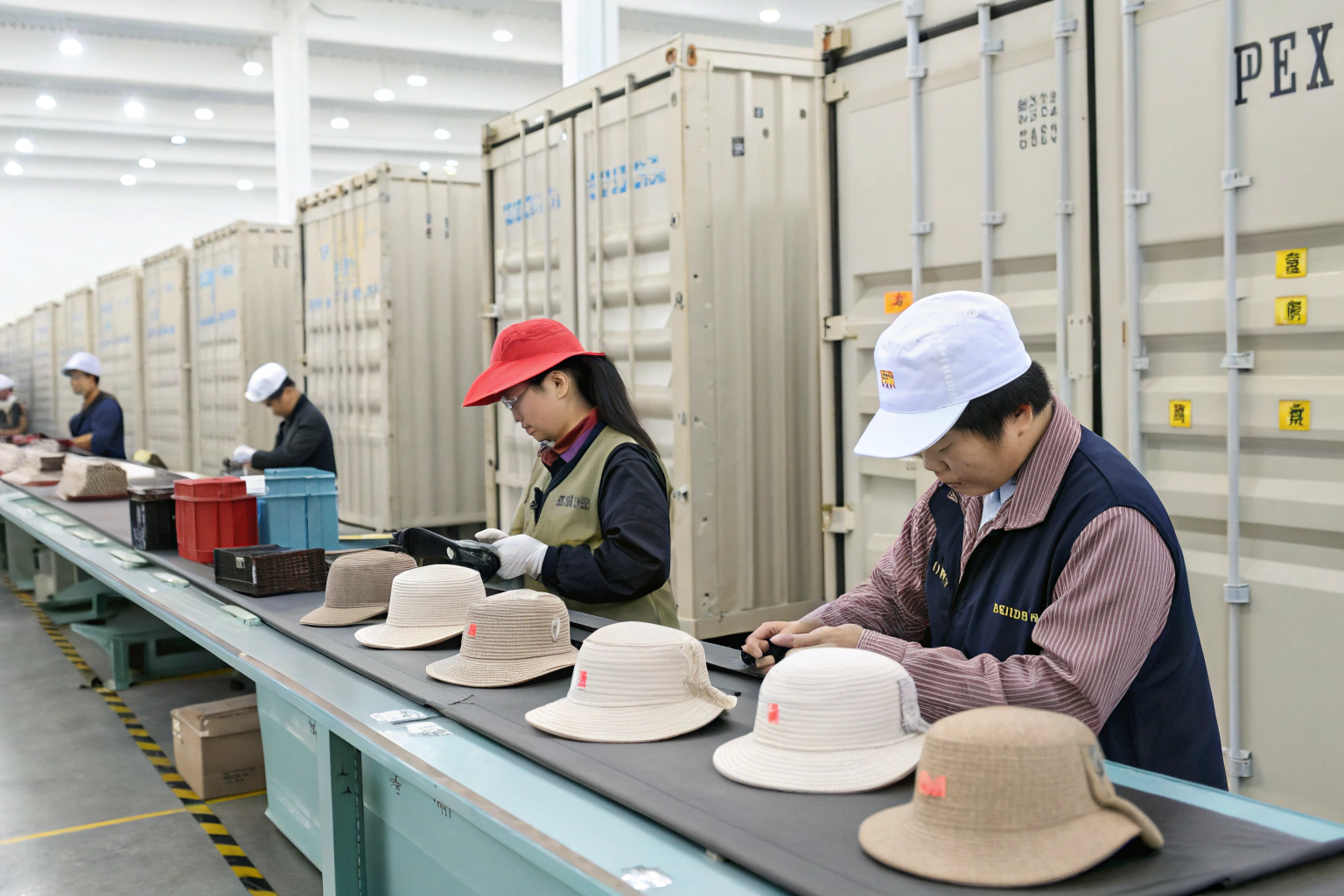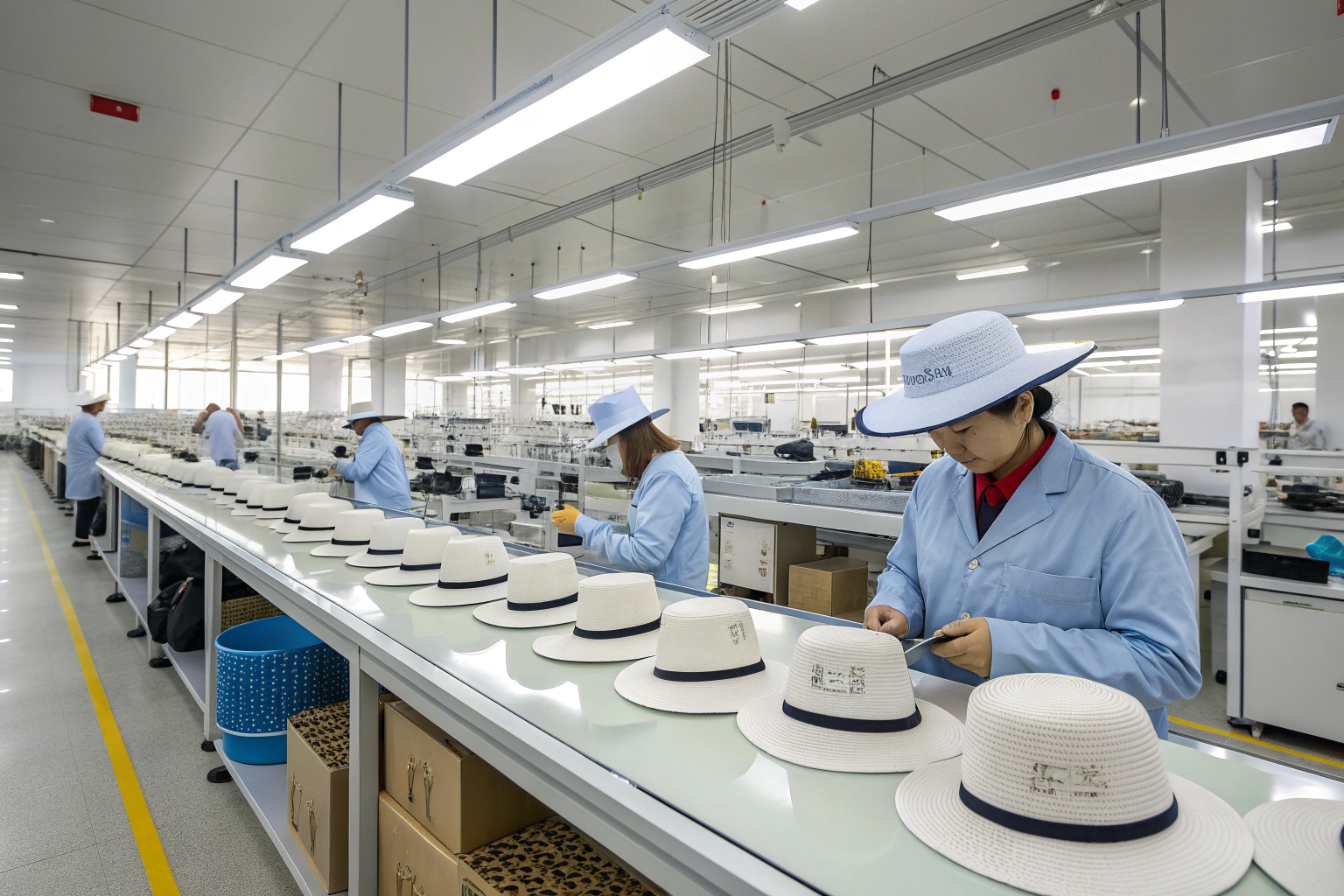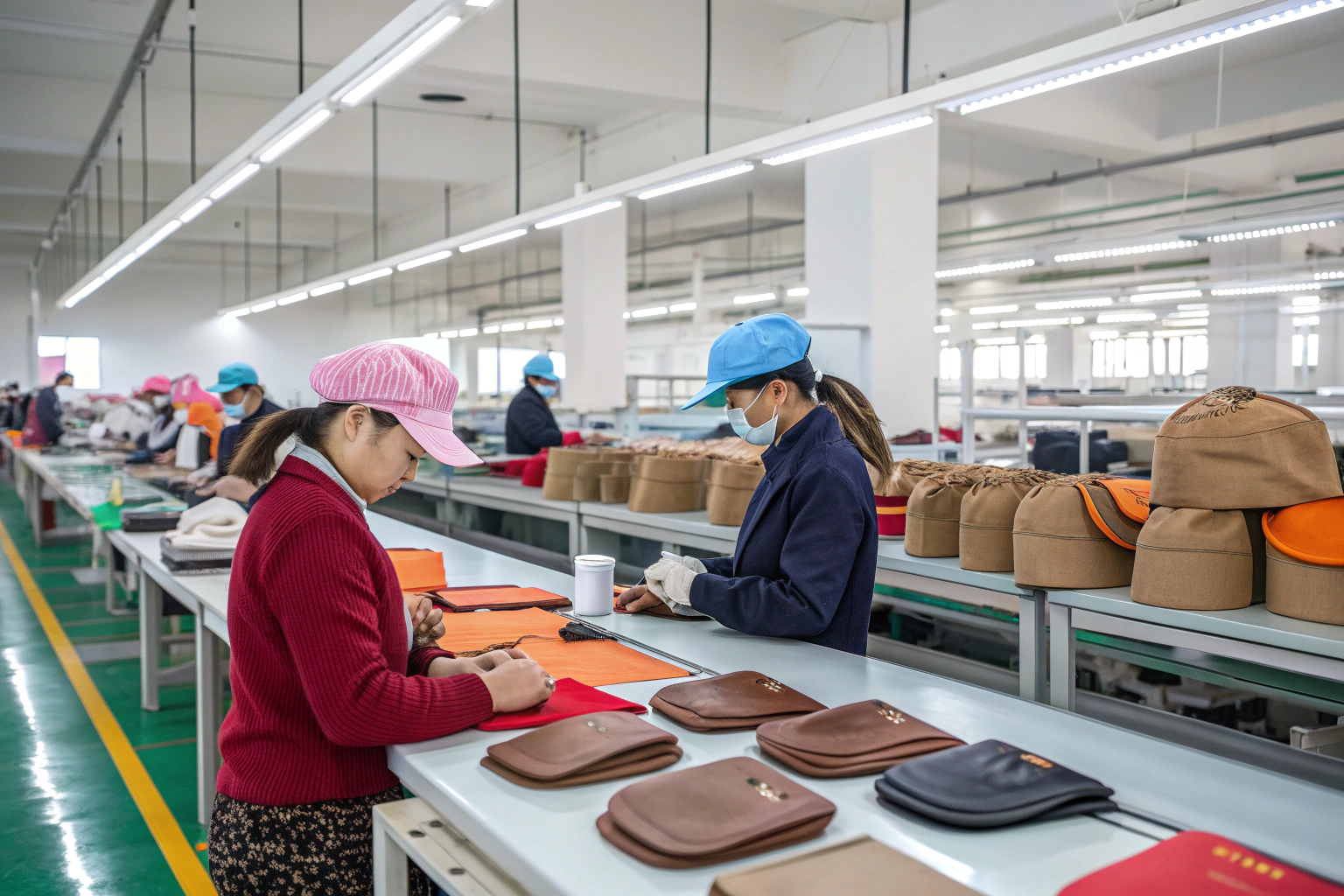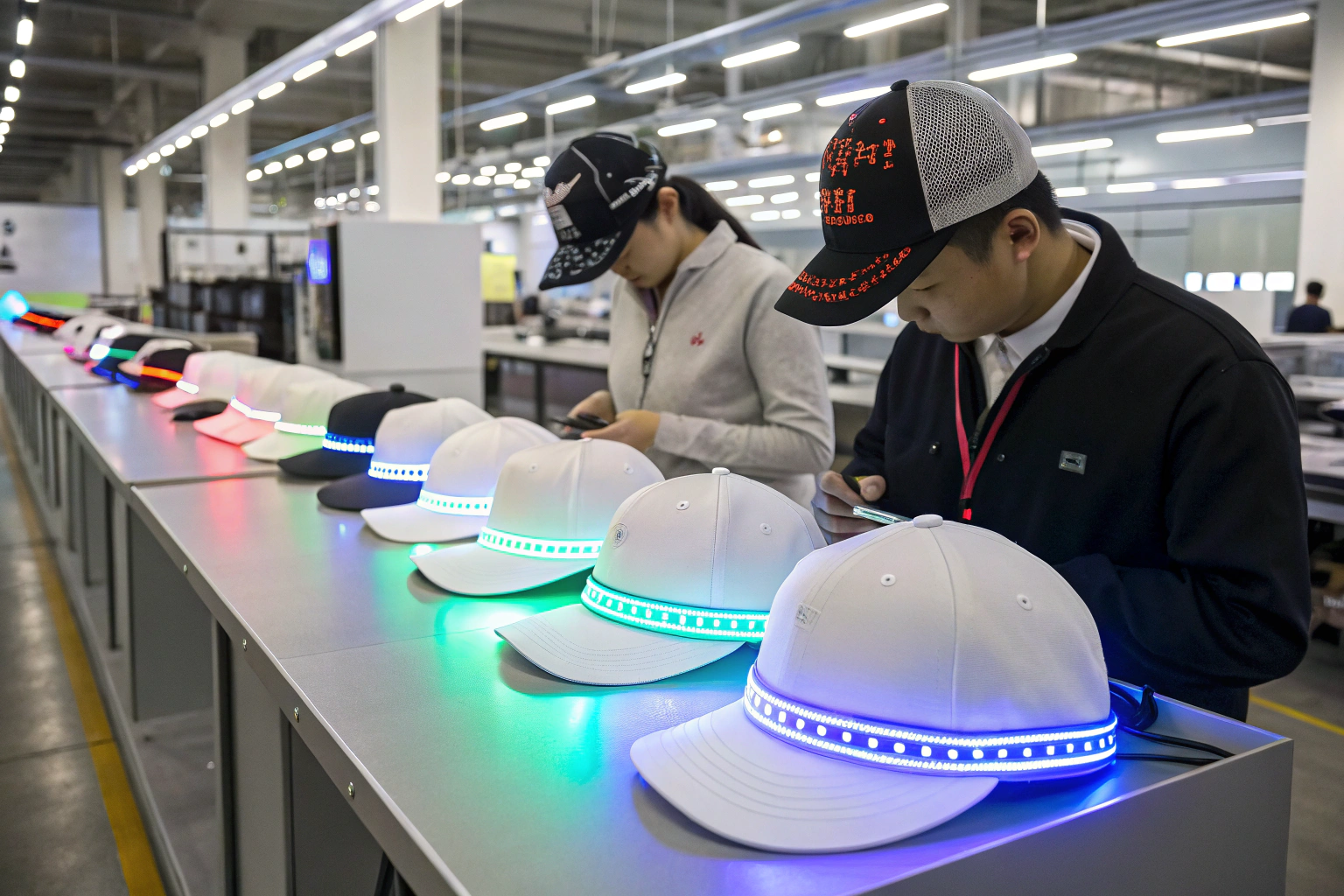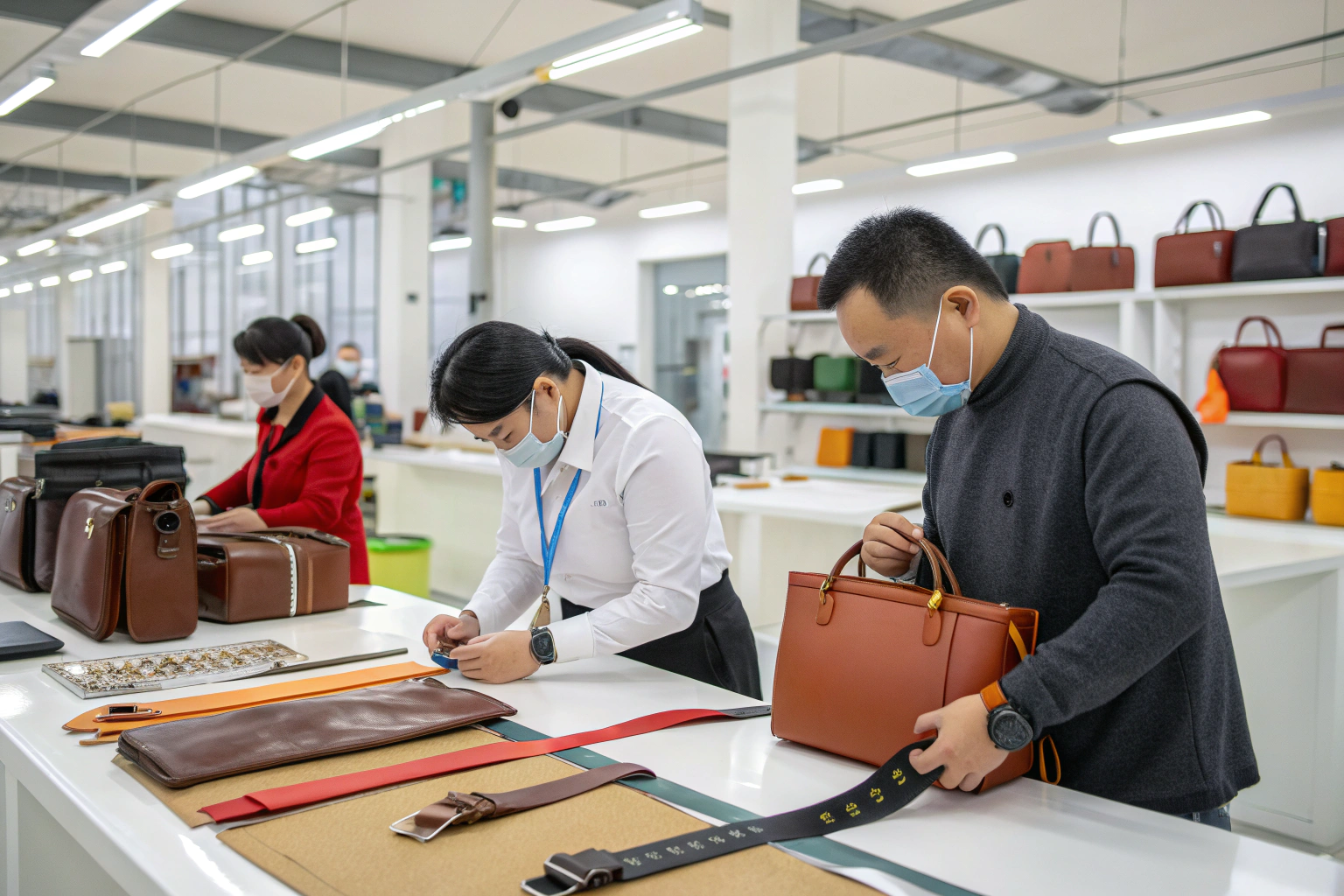Tariffs cutting into your profits? Importing fashion accessories from China into the USA often involves paying substantial duties, leading to higher costs and reduced competitiveness. Knowing practical ways to manage these tariffs is crucial for your business success.
To avoid or minimize US tariffs when importing fashion accessories from China, businesses can strategically utilize tariff exclusions, adjust product classifications accurately, source partially from tariff-exempt countries, and explore bonded warehouses or Foreign Trade Zones (FTZs). Proper planning and understanding customs regulations are key to reducing duty-related expenses.
Managing tariffs effectively involves understanding key strategies clearly. Let's explore these solutions in detail to help your accessory importing business stay profitable.
How to avoid China tariffs in the US?
Excessive tariffs on Chinese imports significantly increase costs and reduce your competitive edge. Without effective solutions, these duties can severely impact your accessory business profitability.
To avoid China tariffs in the US, consider using tariff-exempt country sourcing, taking advantage of exclusions, leveraging bonded warehouses or Foreign Trade Zones, and carefully reviewing product classification. These methods significantly reduce or even eliminate tariff expenses legally and compliantly.
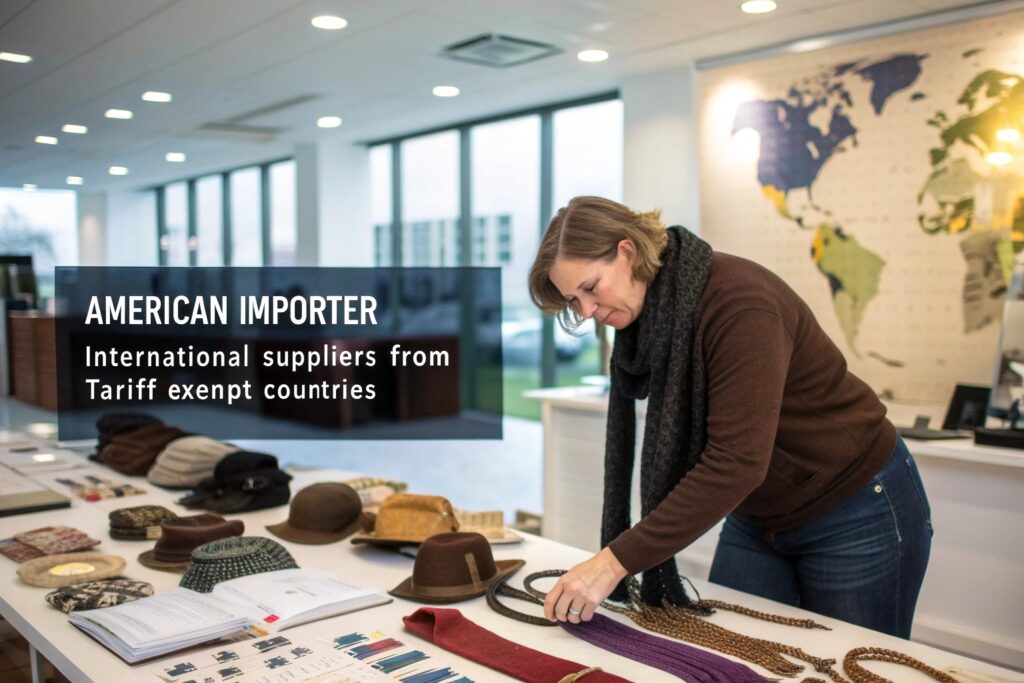
Reducing tariff impact involves understanding specific strategies in detail:
What is tariff reclassification and how does it help?
Correctly classifying your accessories can dramatically lower tariffs. The Harmonized Tariff Schedule (HTS) codes assigned to products affect the duty rate. Misclassification or vague descriptions often lead to higher tariffs. Working with experienced customs brokers ensures accurate classification, potentially reducing costs substantially.
How can using Foreign Trade Zones (FTZ) reduce tariffs?
Foreign Trade Zones (FTZ) are special customs areas where imported goods can be stored, processed, or assembled without immediate duty payment. Duties are only payable when items leave the FTZ into the US market. This helps defer, reduce, or even eliminate tariffs if goods are re-exported or combined into lower-duty products.
Do I have to pay duty on items shipped from China to USA?
Uncertainty about duty payments creates significant anxiety and operational risks. Unclear expectations around tariffs result in unexpected costs, affecting your business profitability and cash flow management.
Yes, generally, you must pay duty on items shipped from China to the USA. Duties vary based on product classification, value, and applicable tariff rates. Certain exemptions and exclusions can lower your liability, but duty payments typically apply unless explicitly exempted or below minimal thresholds.
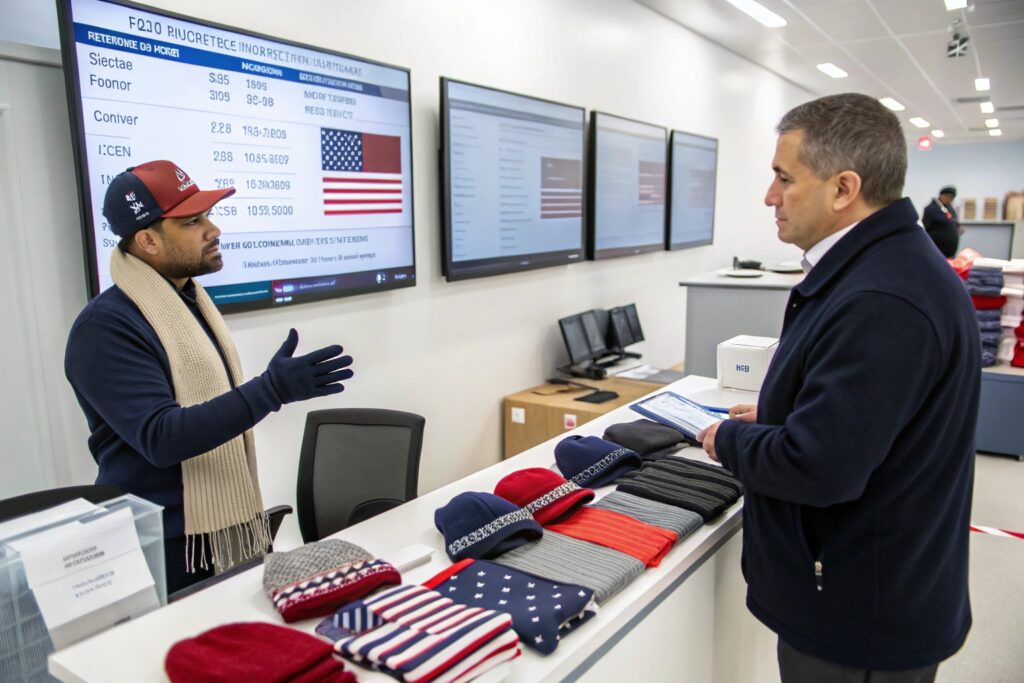
Clear understanding helps you anticipate and manage these expenses effectively:
What determines how much duty I pay?
Duty payments depend on several clearly defined factors:
| Factors | Explanation |
|---|---|
| Product Classification | HTS code determines the specific tariff rate. |
| Product Value | Customs value calculation impacts payable duty. |
| Tariff Rates & Exclusions | Specific exclusions can reduce duties significantly. |
Reviewing your products thoroughly ensures compliance and optimal cost efficiency.
Are there duty exemptions for small shipments?
Yes. Shipments valued under $800 qualify for the Section 321 exemption, allowing them to enter the US duty-free. Regularly using this exemption strategically reduces tariff exposure. Ideal for testing products or frequent small replenishments, it simplifies logistics and saves costs significantly.
How can I avoid import fees from China?
High import fees from China negatively affect your profit margins and make pricing uncompetitive. Without effective management, these fees become a major business challenge.
You can avoid or reduce import fees from China by utilizing tariff exclusions, accurate customs classification, sourcing partially through tariff-free trade agreements, and using logistics strategies like bonded warehouses or Foreign Trade Zones.
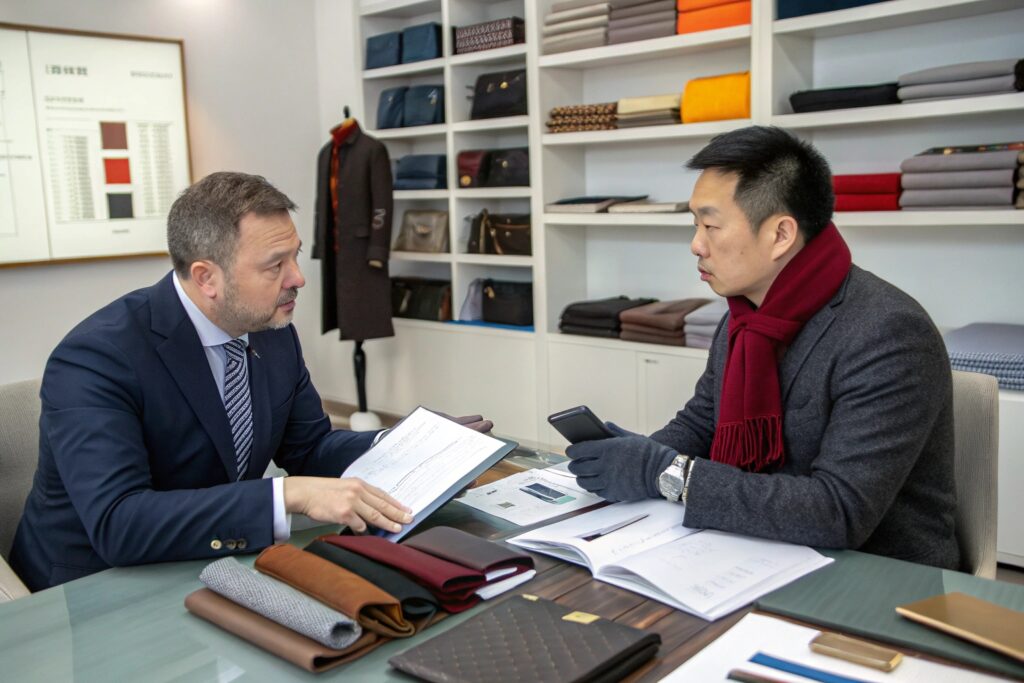
Implementing these solutions clearly involves:
Can sourcing through third-party countries reduce tariffs?
Absolutely. Shipping through third-party countries, particularly those with favorable trade agreements with the US, helps reduce tariffs legally. For instance, importing partially completed accessories from China and assembling them in countries like Vietnam or Mexico may significantly lower tariffs under specific trade agreements.
How do bonded warehouses help reduce import fees?
Bonded warehouses allow your goods to be stored duty-free until they leave the warehouse for domestic use. This delays tariff payments, optimizes cash flow, and reduces immediate financial burdens. Products re-exported directly from bonded warehouses incur no US tariffs at all.
Are there tariffs on clothing from China?
Uncertainty about clothing tariffs creates anxiety for accessory importers expanding product lines. Unclear tariff expectations complicate logistics, budgeting, and profitability projections.
Yes, there are tariffs on clothing imported from China into the USA. Clothing typically faces higher tariffs compared to many other categories. Specific tariff rates depend on product classification, materials used, and existing tariff schedules, ranging from moderate to very high rates.
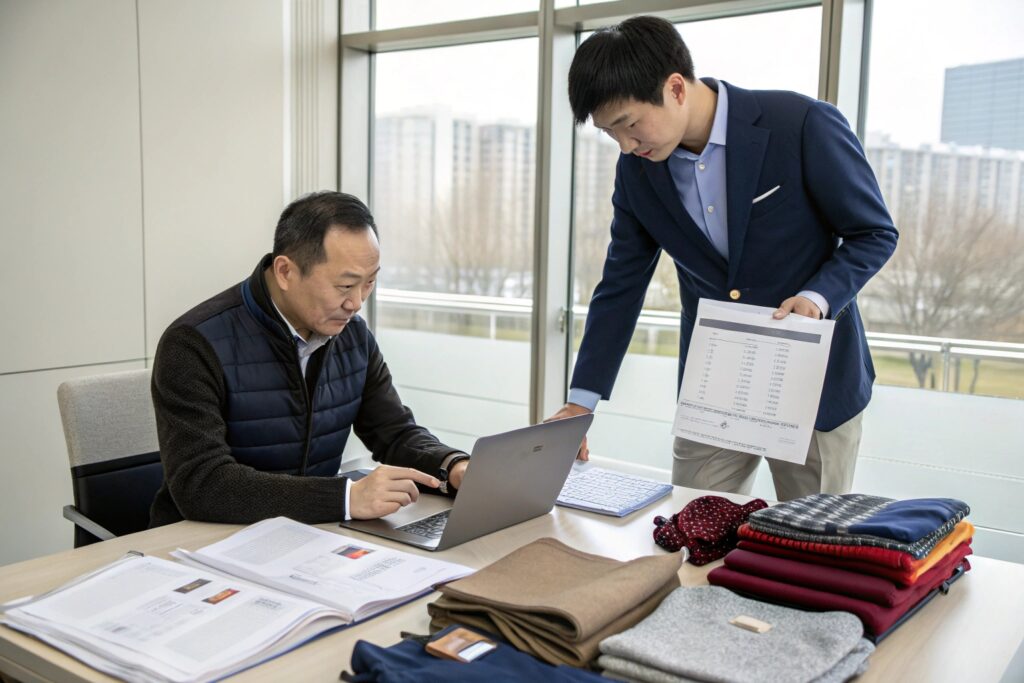
Clearly understanding clothing tariff specifics helps you plan effectively:
How much are typical clothing tariffs from China?
Typical clothing tariffs from China vary significantly:
| Clothing Item | Typical Tariff Rate |
|---|---|
| Cotton Shirts/T-Shirts | Around 16–20% |
| Wool Clothing | Usually 15–25% |
| Synthetic Apparel | Commonly 25–32% |
| Specialized Outerwear | Often above 20% |
Careful product choice and material selection influence overall tariff exposure significantly.
How can clothing tariffs be minimized legally?
Reducing clothing tariffs involves strategic approaches:
- Utilize Tariff Exclusions: Monitor USTR exclusion lists and apply if eligible.
- Country of Origin Shifts: Source partial manufacturing from countries with trade agreements to reduce applicable tariffs.
- Reclassification: Optimize product descriptions and HTS codes accurately to qualify for lower tariff brackets.
Implementing these strategies carefully and compliantly yields considerable savings, boosting overall profitability.
Conclusion
Avoiding or minimizing US tariffs when importing fashion accessories from China involves smart logistics strategies, accurate customs management, and strategic sourcing adjustments. Clearly understanding these methods significantly improves your competitiveness and profitability.

